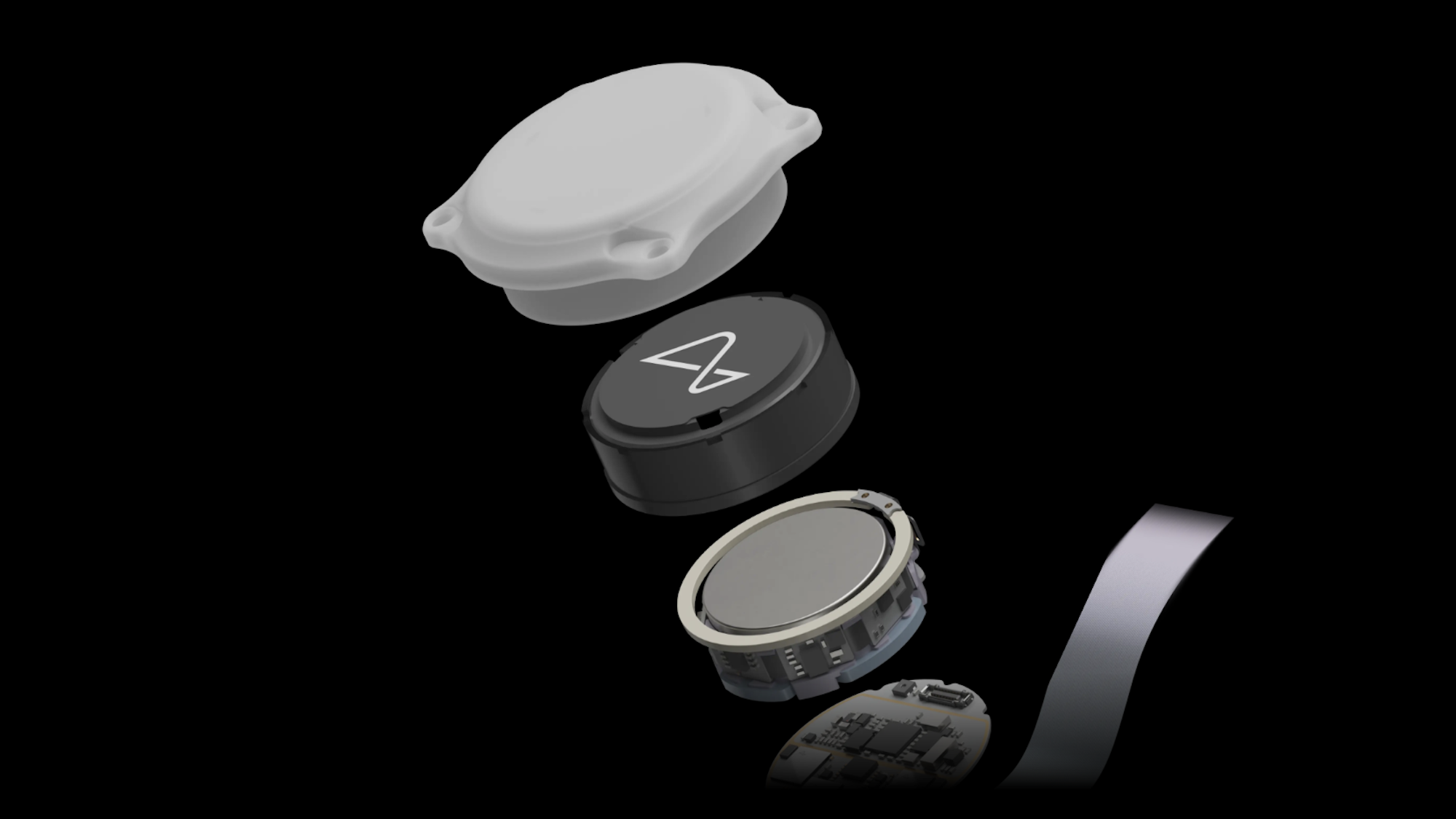

We may earn revenue from the products available on this page and participate in affiliate programs. Learn more ›
Neuralink is accepting applications for a second human participant in its ongoing brain-computer interface (BCI) implant trials, according to Elon Musk. The co-founder and owner’s social media solicitation arrived barely a week after his company quietly confirmed a portion of the first patient’s device “retracted” from his brain.”
“Neuralink is accepting applications for the second participant,” Musk posted to X on Friday. “This is our Telepathy cybernetic brain implant that allows you to control your phone and computer just by thinking.”
Neuralink is accepting applications for the second participant.
— Elon Musk (@elonmusk) May 17, 2024
This is our Telepathy cybernetic brain implant that allows you to control your phone and computer just by thinking.
No one better than Noland (@ModdedQuad ) himself to tell you about the first! https://t.co/k9DaZ3xr5g
The coin-sized N1 BCI device contains a processing chip, battery, and communications instruments that is surgically positioned atop the brain. Once in place, 64 miniscule threads capable of translating neural activity into computer commands are installed using a “surgical robot” into a user’s motor cortex.
Neuralink’s own May 16 announcement post included a brief video featuring their first human volunteer, Noland Arbaugh, who praised his experience with the device so far. Arbaugh, a 30-year-old man from Texas, became paralyzed from the neck down following a diving accident in 2016. Previous videos have depicted him using his N1 implant to play chess and other video games, control mouse cursors, and write on his assistive computer. In an interview yesterday with Bloomberg, however, Arbaugh briefly elaborated on the wire retraction issues he faced roughly a month following his surgery.
“I started losing control of the cursor. I thought they’d made some changes and that was the reason,” he explained. “But then they told me that the threads were getting pulled out of my brain. At first, they didn’t know how serious it would be or a ton about it.”
Neuralink has yet to provide an explanation why Arbaugh’s implant threads shifted out of place. On Tuesday, Reuters reported the company has at least been aware of similar implant issues for years, but “deemed the risk low enough for a redesign not to be merited.” Arbaugh says engineers have since restored his device’s full functionality following modifications to its “recording algorithm.”
Initially intended to help paralyzed users wirelessly use their computers, Musk has repeatedly voiced lofty goals to eventually release upgradable iterations he likens to iPhones. In previous presentations, the billionaire envisioned himself using a Neuralink implant to summon self-driving Teslas, connect to the internet, and restore physical movement for people affected by neurodegenerative disorders such as ALS.
Similar companies have successfully tested their own implants in recent years—Synchron, for example, has already installed its device in 10 people, and is currently soliciting a new trial that will involve dozens of new patients.
[Related: Neuralink admits patient’s brain implant is partially ‘retracted’]
The path to Neuralink’s inaugural human trial was marked by significant regulatory delays alongside multiple, high-profile reports alleging a wide array of ethical and biosafety concerns. Unnamed sources, for example, have described some of Neuralink’s past animal trials as “hack job” surgeries that resulted in needless suffering and deaths. Musk has publicly denied these claims, while Arbaugh this week voiced his own doubts about the stories’ veracity. Neuralink aims to accept a total of 10 human volunteers by the end of the year.
“Once you get a taste for using it, you just can’t stop. It blows my mind so much,” Arbaugh told Bloomberg.
